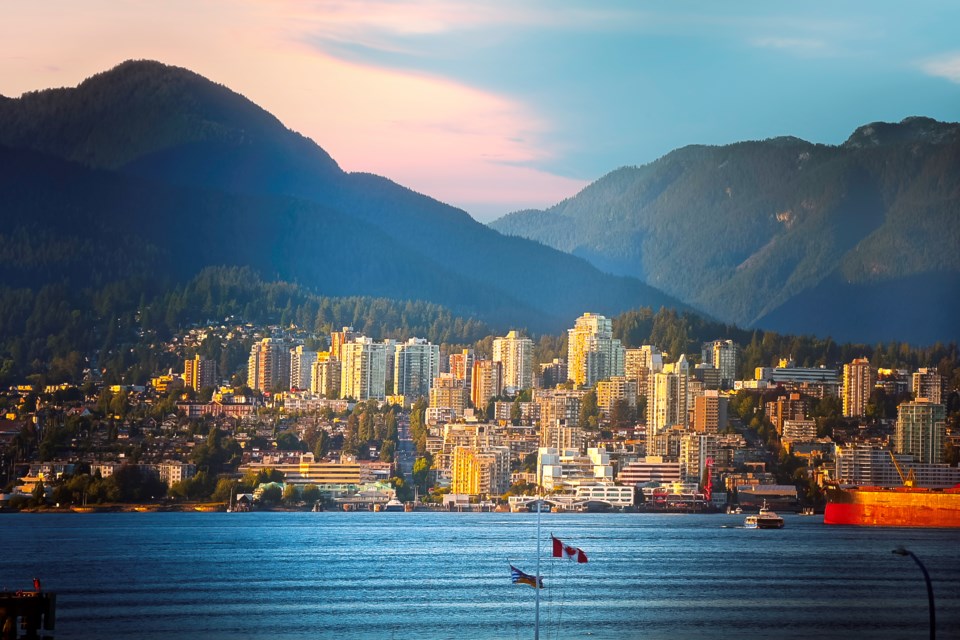Canada is among the top 10 countries expected to see a positive inflow of millionaire migrants this year, according to the latest Henley Global Citizens Report.
Canada should see a positive inflow of about 1,000 high-net-worth individuals (HNWI) who are mostly expected to come from Russia (-15,000), China (-10,000), India (-8,000), Hong Kong (-3,000) and Ukraine (-2,800), according to immigration advisors Henley and Partners in their second quarterly migration report of 2022.
Canada ranks ninth as a favoured destination, while the top three destinations are: United Arab Emirates (4,000), Australia (3,500) and Singapore (2,800).
Henley describes a “tsunami” of private capital leaving Russia and Ukraine, while Hong Kong emigration remains high amid an authoritarian crackdown by Beijing proxies — although it has dropped 29% compared to 2019. Meanwhile, China’s COVID-19 pandemic lockdowns are causing a spike in emigration.
Globally, the wealthy have been increasingly on the move, according to Henley, and 2023 is expected to break records. In 2013, about 51,000 HNWIs moved countries and that figure jumped to 110,000 in 2019. Migration fell to 12,000 in 2020 due to pandemic restrictions until ratcheting back up to a forecast of 88,000 this year and an expected record 125,000 in 2023.
Over the next decade, Canada is forecast to see a 30% increase in its overall HNWI population, the report states. This ranks fourth among the top 10 wealthiest countries (average net worth), after India (80%), Australia (60%) and China (50%).
Canada’s major cities — Montreal, Toronto, Calgary and Vancouver — are the most popular destinations for these immigrants, according to Henley.
“Many affluent individuals who saw their movements highly constrained during the pandemic are realizing the importance of diversifying their wealth and investments and enhancing their lifestyle options. Increasingly, they are looking for greater flexibility and want to better manage risks in the event of a future pandemic, geopolitical crisis, or other situation that might affect them and their country of primary residence,” states Henley.
The report notes this continued inflow will happen despite the Canadian government looking at new ways to tax wealth and luxury goods to pay off pandemic-related debt.
A significant factor for the continued rise is Canada’s augmented interest in raising immigration numbers, the report states.
The federal government has planned for 431,645 new permanent residents in 2022, 447,055 in 2023, and 451,000 in 2024, with nearly 60% of admissions in the “economic class.”
Henley says the upmost wealthy may target the country’s start-up visa program.
Canada no longer has its immigrant investor program; under the program, migrant investors were able to obtain citizenship for an $800,000 five-year loan to the government but not required to establish a certain income level. The government found it provided "little economic benefit" and nixed it in 2014.
These investor immigrants, who own residential property, now report a total median family income of $50,000, as opposed to federal skilled workers at $105,000 and refugees at $85,000, according to Statistics Canada.
A similar provincial program in Quebec has been paused until at least April 2023.
In order to make its report estimations, Henley states it tracks 150,000 anonymized wealthy individuals in a database covering 62 countries and bases its estimations on their movements and spending habits as well as government immigration data, real estate transactions and financial analysis.

